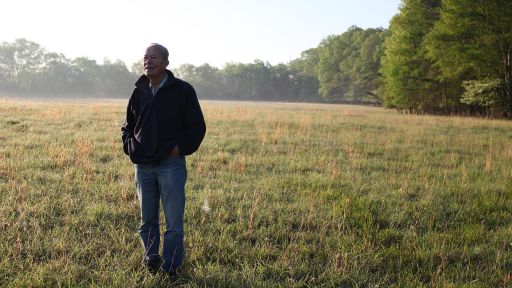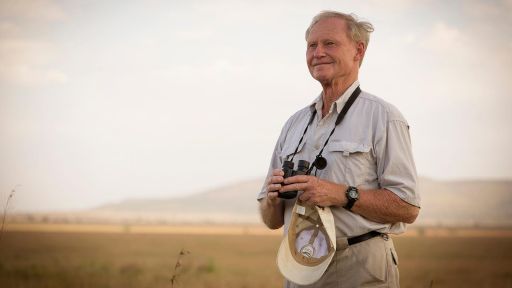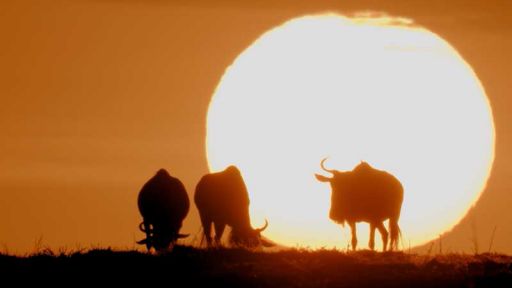In the 1960s, ecologist Tony Sinclair made a breakthrough discovery when he observed a huge population surge of wildebeest in the Serengeti. He found that the wildebeest were the key to keeping the ecosystem balanced and that keystone species could be prey as well as predators.
Features











(soft percussive beat) - [Narrator] For the next three years, Tony keeps a close watch on the wildebeest, looking for signs they're overgrazing the grasslands.
But after two more counts, numbers remain steady at 1.4 million.
- [Tony Sinclair] At that point, we knew that the system had leveled out of its own accord And there was no damage to the environment.
- [Narrator] The wildebeest find their natural balance.
But what happens next amazes even Tony.
He and his colleagues witness an incredible transformation.
(uplifting music) - [Tony Sinclair] To our surprise, we found that, all of a sudden, things started to reconnect with each other because wildebeest were eating up the grass, there was less fuel, and therefore less burning.
That allows young trees to grow.
Wildebeest, of course, do not eat trees.
And that allowed the tree populations to increase.
Tree populations that probably hadn't occurred since the 1800's.
Those trees provided more food for elephants, for giraffes and many, many bird species.
And then there are many more predators because there's more food for those, too.
The wildebeest in their huge numbers were determining everything else inside the park.
I realized that wildebeest was a keystone.
(dramatic orchestral music) We had always assumed that keystones had to be a predator.
But we realize that a keystone could actually be herbivores.
- [Narrator] And if removing keystones causes collapse, returning them leads to rebirth.
- [Tony Sinclair] We were seeing a recovery, an upgrading of the whole ecosystem for the first time.
(orchestral music)
